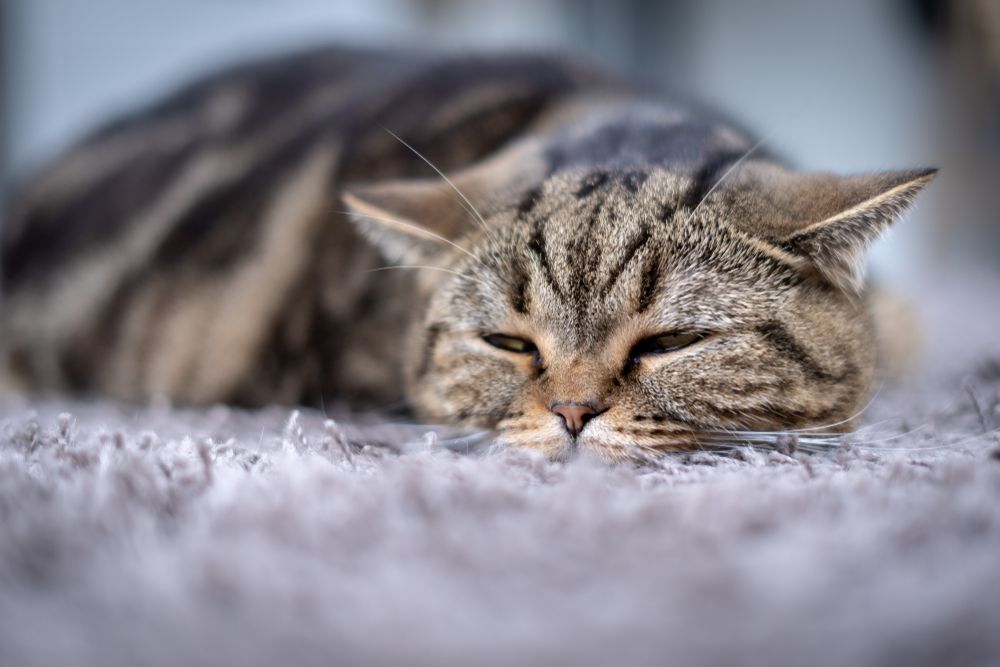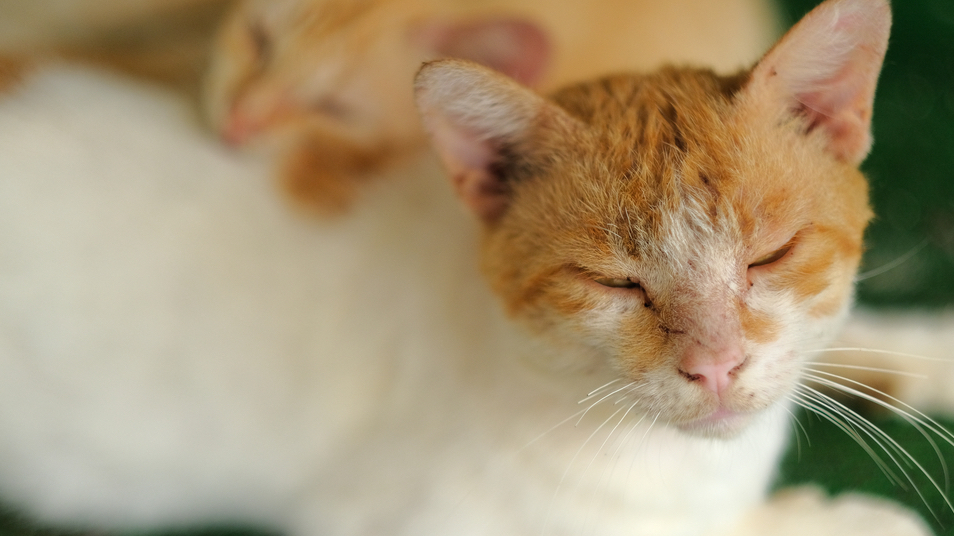The Silent Struggle: How to Tell If Your Cat Is in Pain: Protecting Our Feline Friends from Hidden Suffering

Subtle Signs Your Cat Might Be in Pain
• Changes in grooming habits (over-grooming one spot, or not grooming at all)
• Avoiding the litter box
• Decreased appetite or weight loss
• Hiding more than usual
• Less interest in play or socializing
• Changes in posture—like hunching or stiffness when walking
• Irritability or sudden aggression
• Vocalizing more—or less—than usual
Common Cat Health Issues That Go Unnoticed
Dental disease – One of the most common (and painful) conditions in adult cats, often with no obvious signs at home.
Kidney disease – Especially common in older cats and can progress quietly for years.
Arthritis – Cats rarely limp, but they may stop jumping on favorite surfaces or become less playful.
Hyperthyroidism – May cause weight loss, increased thirst, or behavior changes that are easy to dismiss.
Urinary tract disease – May show up as litter box avoidance or vocalizing when urinating—but sometimes there are no signs at all.
The Power of Preventive Care
We’re Here for Your Cat—Every Step of the Way: Schedule an Appointment at Animal Wellness Center Today!









